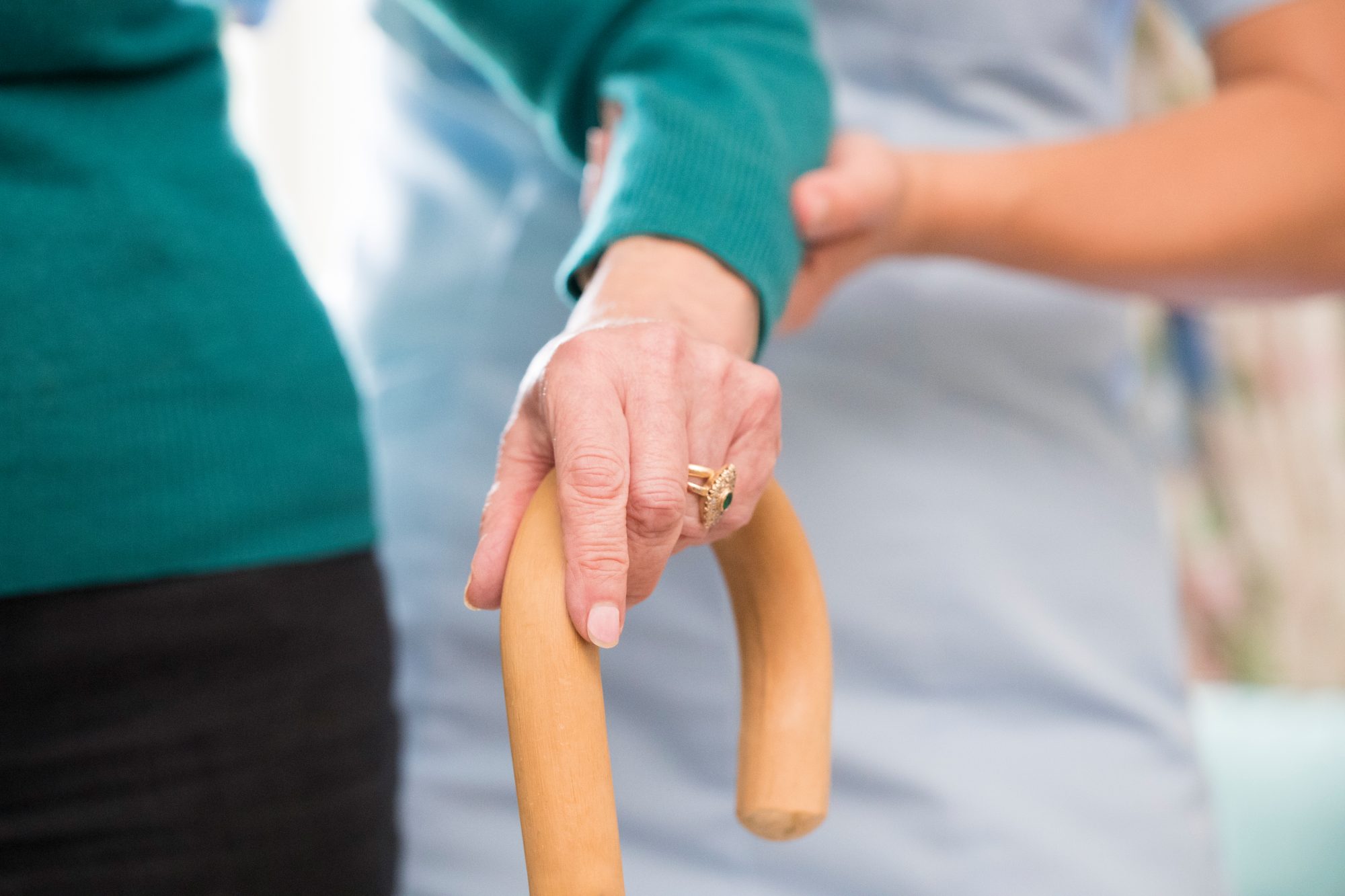How can we use IoT data to improve social care and housing to protect the elderly and vulnerable people?
People are living longer, prompting an urgent need for greater levels of social care, including residential care, to protect the elderly and vulnerable members of society. The problem is that social care has been historically underfunded and that only looks set to get worse. In fact, research from UNISON revealed that local authorities responsible for delivering social care and housing are facing a massive £2.1bn shortfall, which is expected to lead to huge service and staff cuts.
Combined with an “exhausted and depleted” pool of social care workers, this lack of resources could lead to devastating consequences – with a recent BBC report claiming “a tsunami” of people will be left without care unless staff shortages are tackled.
Less resource means less time for home visits for those dependent on assisted living to retain their independence. Not only could this see the level of care dwindle and the wellbeing of those who need it suffer tremendously – but as a knock-on effect – many may be forced into residential accommodation adding further strain on already stretched care resources.
Whilst health and social care providers are striving for better integration with local authorities – including housing associations – via the development of Integrated Care Systems (ICSs), interoperability and the continuous squeeze on budgets means there is still a long way to go to make this a reality.

So, what is the solution?
Aside from additional funding, the only other option for the sector is to drive greater efficiencies – leaning on technology to be able to work smart and optimise the time and resources they have available. Historically, an elderly or vulnerable person might wear or carry some sort of personal alarm – but this analogue tech is now outdated. Luckily, thanks to innovations in technology and the prevalence of the internet of things (IoT), far more sophisticated options are now readily available.
Housing associations can now integrate a range of smart devices and sensors within buildings to improve the day-to-day lives of residents and give peace of mind to their relatives – from remote sensors, detecting issues such as dampness or controlling temperature, to motion sensors, to detect if a vulnerable person has fallen or is in danger.
With great power, comes great responsibility
This is great news for social care, but with any new innovation – a fresh set of challenges isn’t too far behind. Whilst the IoT data being collected from IoT devices can provide housing associations with real-time visibility, the muddle of tracking torrents of data from multiple IoT devices (often from multiple manufacturers) and recording changes in status can be overwhelming. It’s difficult to know where to start – and the more IoT devices you have, the more complex it gets. Each IoT device can upload data six times a day, resulting in multiple reports that need to be analysed, interpreted and actioned. It quickly becomes a mammoth task to keep up with separate reporting for each diagnostic, as each manufacturer reports via their own data aggregator. IoT data is only meaningful when it can be interpreted and acted upon, and this can feel impossible when there is just too much to manage.
Bringing back-office processes up to speed with IoT data
To tackle the IoT data being generated by the IoT devices in residents’ homes, housing associations should urgently review their existing processes, and create new systems to keep up with this influx of data – and use it wisely. It’s all well and good having the data but what are you going to do with it next?
One element to consider is the classification of IoT data and defining a hierarchy of importance, and the necessary response that needs to be triggered. For example, data from a sensor indicating that a resident has fallen out of bed will require an immediate response. Other incidents, for example where a resident has not opened their fridge door for a period of time, indicating that they are not eating, may require a visit from a carer on their rounds. A traffic light signalling system is a great way to do this with red highlighting an urgent problem, amber a problem that needs fixing soon but is not urgent, or green indicating that there are no issues currently. From there, an incident management routine and parameters can be set to respond to any anomalies and trigger a response such as an outbound SMS message or email to the residents of the property, next of kin, or an independent living officer.
Putting such a system in place, however, requires some thought and the development of a process that will take data from IoT devices and pass it through a series of workflows to get to the right response. Luckily, the availability of low-code technology means that housing associations can create these processes and systems internally, with minimal intervention or time investment from IT. Thanks to the nature of low-code, which operates via a drag-and-drop functionality, everyday business users can easily create, and continually update, processes to suit current and future requirements.
Bringing IoT data together into one unified view
In addition to classifying data and linking it to a response, it is equally important to ensure that the data is interpretable and accessible across the organisation. After all, time is often of the essence when dealing with such alerts as a resident’s health could be at risk. A simple visual aid can help with this, enabling each team to monitor for and action alerts rapidly when help is needed.
Again, technologies such as low-code can be used to build an easy-to-use interface that brings together this information into one unified view. Historic data is also important. Each IoT device data tells an ongoing story, so visual reports can help to provide a quick status update, that can then be relayed to the resident, or their family or carer. Social housing providers face huge pressures when ensuring their properties meet the adequate needs of their tenants, so ensuring employees from the contact centre can check in on the status of an issue, and escalate, if necessary, is essential.
The future of IoT data in social care and housing
Machine learning, instant feedback and remote monitoring are no longer technologies associated with the distant future; they are already with us, and this is only the beginning. IoT sensor technology in housing can ensure better care for residents, but it can also help in other areas too. For example, helping providers mitigate maintenance costs through early warnings, reducing the number of home callouts and ensuring the properties are kept in the best condition. Using smart sensors – underpinned by IoT – housing associations can diagnose issues (such as the prevalence of black mould) and regulate the resident’s environment (for example, temperature control). By allowing housing providers to monitor the condition of a property, situations can be resolved before lasting damage occurs – both to the property and the occupant’s health.
Whilst the initial outlay of investing in such technologies may be significant, in the long term these tools can be extremely cost-effective due to the increased efficiency that can be achieved. Through IoT, organisations can also gather a plethora of data that drive improved decision-making. And, when integrated using low-code – which can be easily updated – it provides a foundation for new services to be added in an affordable way as needs arise and technology evolves.
By combining with the right processes and being assisted by the right technology, the potential for IoT within social care and housing is phenomenal. Are you ready to fight through the IoT data deluge and put IoT insights into action?
Written by Lynley Meyers, Product Marketing Manager, Netcall











